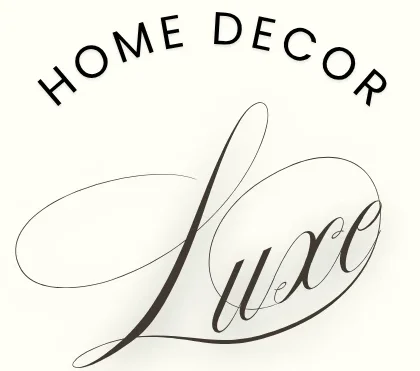10 Garden Design Layout Ideas for a Beautiful & Balanced Space
Creating the perfect garden starts with a smart and beautiful layout. Whether you’re working with a large yard or a compact space, the right design makes all the difference. From modern garden zoning to low maintenance plant planning, there are endless ways to bring balance and beauty to your outdoor space. These layout ideas will inspire you to shape a garden that feels both functional and serene.
1. Layer With Levels
Add dimension to your garden layout by incorporating levels using raised beds, stone steps, or terracing. This structure enhances visual flow and works beautifully with small backyard garden layouts using landscape edging and modern garden materials.

2. Symmetry for Structure
Design symmetrical garden layouts with matching plant beds, trimmed hedges, and geometric paths. This classic approach is ideal for front yard gardens or formal outdoor spaces with modern garden symmetry and visual appeal.

3. Curved Pathways
Swap rigid walkways for curved stone or gravel paths to create a relaxed, flowing layout. Curves break visual monotony and pair well with low maintenance plants, giving your garden a more organic and inviting look.

4. Central Focal Point
Use a large planter, water feature, or garden bench as a central feature. This anchors the space and guides your layout design. It also helps draw attention to specific areas in small backyard garden settings.

5. Functional Zoning
Create dedicated zones for dining, planting, and lounging to make your garden more usable. This layout tip is especially helpful in compact outdoor spaces and supports modern garden planning and structure.

6. Vertical Gardens
When space is tight, go vertical. Use trellises, wall planters, or tall shrubs for height. This approach is perfect for adding greenery to patios or narrow yards and works great with low maintenance plants.

7. Grid Layout Beds
Divide your garden into equal rectangular beds using wood or stone edging. This structured style suits vegetable patches, herb gardens, or flower beds, blending well with landscape edging elements.

8. Freestyle Wild Garden
Let nature lead by embracing asymmetry, mixed planting, and natural textures. Freestyle layouts bring a sense of wild charm and are easy to pair with low maintenance plants and native greenery.

9. Water Feature Focus
Design your layout around a pond, fountain, or reflecting pool. Water elements offer movement and tranquility, enhancing both modern garden and traditional garden aesthetics naturally.

10. Border Framing
Frame the edges of your garden with shrubs, flowers, or stones to create defined borders. This boosts visual appeal and adds structure, especially effective when using small backyard garden layouts.

FAQs
Conclusion
The perfect garden layout blends style, function, and your personal taste. Whether you lean toward a structured design or a more natural feel, these layout ideas offer practical inspiration for every space. With thoughtful planning and a few Pinterest-worthy touches, your garden can truly become a peaceful outdoor haven.







